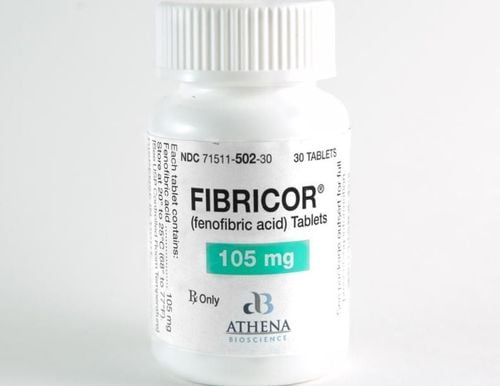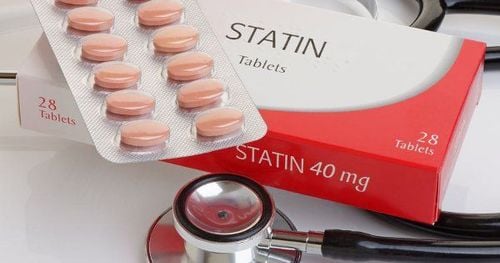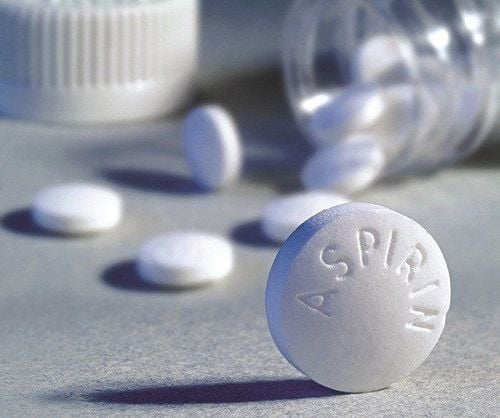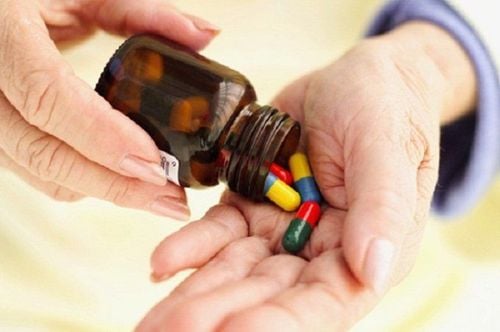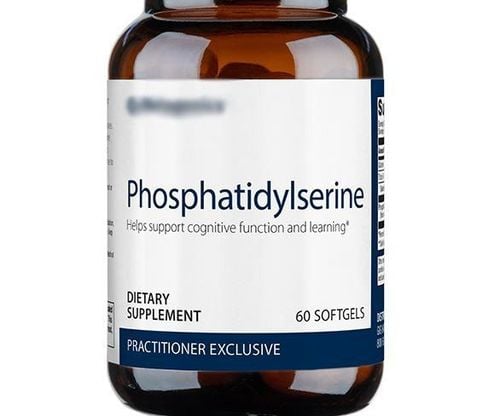This is an automatically translated article.
Stroke is an acute disease that needs to be detected and treated early. If emergency treatment and early treatment are available, the patient's chances of survival and injury rate are significantly reduced. Therefore, it is extremely important to recognize early signs of stroke.
1. What is a stroke?
A stroke, also known as a cerebrovascular accident, is a neurological failure that occurs suddenly due to causes from a blood vessel in the brain. This is an acute condition that can cause immediate death or injury to the patient.
Stroke is a word for damage to brain tissue caused by cerebral blood vessels, which is different from myocardial infarction (heart stroke) which is a condition in which myocardial perfusion is reduced due to coronary artery blockage. Sometimes people get confused between these two concepts.
Stroke can occur due to 2 causes including:
Due to cerebral infarction or cerebral ischemia: This is a condition in which blood flow to the brain is blocked due to the cause of a blood clot or atherosclerotic plaque. This condition accounts for about 85% of strokes. Cerebral infarction is caused by a blood clot or atherosclerotic plaque in a blood vessel in the brain. These causes are due to factors such as hyperlipidemia, smoking, diabetes, cardiovascular disease... Cerebral hemorrhage: This is a condition in which a blood vessel in the brain bursts, causing blood in the vessel to leak out. into brain tissue, destroying and compressing brain tissue. Most causes of cerebral hemorrhage are high blood pressure. Stroke is an acute, sudden, highly dangerous disease. Any damaged area can be restored if detected and treated early, but brain tissue can be necrotic if not treated. early blood supply.
Because of the severity of the disease, early detection of stroke signs is extremely important. This can help minimize the dangerous complications of the disease, shorten the treatment time.
Watch now: Do you know the signs of a stroke 30 days, 1 week or 1 day before?
2. 7 signs of stroke you should know
Because this disease often has no warning symptoms, no one can know in advance that a close friend will have a stroke. Therefore, mastering the 7 signs of stroke below is essential to help your loved one or yourself receive treatment as soon as possible. Signs of a stroke include:
Headache : You may experience a severe unilateral headache, a very common but often overlooked headache sign. You see headaches of varying degrees, headaches accompanied by nausea, dizziness. Numbness or weakness in half of the body or in the face: Sudden feeling that half of your body, half of your face go numb and maybe weak, unable to raise your arms or legs. You can't even stand still. These signs of numbness and weakness may gradually increase or appear suddenly. Signs of amblyopia: When you have a stroke you may notice a sudden decrease in vision, blurred vision in both eyes or one eye, and decreased peripheral vision. However, this expression is often not obvious, so it is difficult for people next to them to recognize. Only the sick person can notice that he has this sign. Therefore, request immediate medical attention. Signs of facial paralysis: The face has asymmetrical expression, the mouth is distorted, the nucleus is slightly deviated to one side compared to normal, the nasolabial folds are lost. Especially when the patient talks or laughs, there will be obvious signs of distortion of the mouth and asymmetry on the face, unable to blow fire or whistle by themselves. Sometimes there may be signs of eyes not closing properly, loss of forehead wrinkles. Signs of slurred speech: People who have a stroke may experience symptoms such as abnormal slurred speech, numbness in the lips and tongue, difficulty opening the mouth, and having to exert effort to speak. Sometimes I don't know what I'm talking about, or I know everything, but I don't have the words to describe it. For example, I still remember my name, but I can't say it. Difficulty walking: In some cases, although the muscle strength in the limbs is still strong, it is difficult for you to coordinate to do something normal, such as holding a spoon or pressing a button or writing. In rare cases, a body part may develop abnormal, spontaneous movements. You may also be prone to tripping or feeling off balance. Cognitive disorders: The patient has cognitive disorders such as memory disorders, inability to perceive everything around... In some severe cases, the patient may fall into a coma and quick death. Therefore, the elderly need someone by their side so that abnormalities can be detected early and treated promptly.
Watch now: Stroke - signs to go to the hospital right away
3. How to prevent stroke
Although there is no specific measure, from the causes of the disease can apply measures to reduce the risk of disease:
3.1. Controlling risk factors Controlling blood pressure in people with high blood pressure: High blood pressure is the leading cause of cerebrovascular rupture, so patients need to be treated with drugs, other measures to stabilize blood pressure, avoid the risk of stroke. Blood sugar control: Diabetes is a factor that causes atherosclerosis, leading to anemia in the brain, heart, kidneys... Stabilizing blood sugar is also an effective way to prevent stroke. Control blood cholesterol: To control requires a combination of diet and medication if necessary. Quit Smoking: Smoking is the main cause of cerebrovascular disease and many other diseases. Quitting smoking greatly reduces the risk of stroke. You need a plan to quit smoking or need help from your doctor to be able to quit. 3.2. Healthy diet Build a healthy diet with lots of green vegetables, nuts, fatty fish, limiting foods high in fat, cholesterol and salt.
3.3. Be physically active Being physically active can help you stay physically active and reduce your risk of many different diseases. You should practice at least 5 days a week and 30 minutes a day, you should choose moderate exercises that should not be overdone to avoid feeling tired and afraid to practice in the next time. Refer to exercises such as yoga, walking, jogging, cycling...
3.4. Maintain body weight It is necessary to combine diet and exercise to maintain a reasonable body weight.
3.5.Avoid night baths This is a high risk factor for stroke.
3.6. Periodic health check-ups People at high risk of disease should have regular health check-ups to detect diseases that can cause stroke and control these factors.
Early detection of stroke signs is a factor in helping patients access early treatment.
Above are the signs of a stroke you need to know. Get medical attention right away if you experience any of the above symptoms. For stroke, time is likened to "gold". Therefore, the earlier the emergency care is given, the more brain cells are saved.
To screen for a stroke after the appearance of signs of a transient ischemic attack or other warning symptoms, Vinmec doctors may prescribe a brain MRI without magnetic contrast injection, with MRA pulse sequence. TOF 3D, supplemented with Axial T2W and or axial FLAIR pulses for 7 minutes, helps to detect brain aneurysms, cerebral arteriovenous malformations, dural arteriovenous fistulas, and cerebral artery stenosis. and some abnormalities in the brain parenchyma. When there is an abnormality on the cerebral blood vessels, the doctor will order more magnetic contrast injection to investigate more cerebral vascular imaging (MRA). From there, there is an accurate assessment of the shape and size of the abnormality to give appropriate treatment indications.
The 3.0 Tesla MRI system at Vinmec hospitals across the country is equipped with state-of-the-art equipment by GE Healthcare (USA) with high image quality, allowing for a comprehensive assessment, not missing the damage but reducing the damage. shooting time. Silent technology helps to reduce noise, create comfort and reduce stress for customers during shooting, resulting in better image quality and shorter shooting time.
Please dial HOTLINE for more information or register for an appointment HERE. Download MyVinmec app to make appointments faster and to manage your bookings easily.




